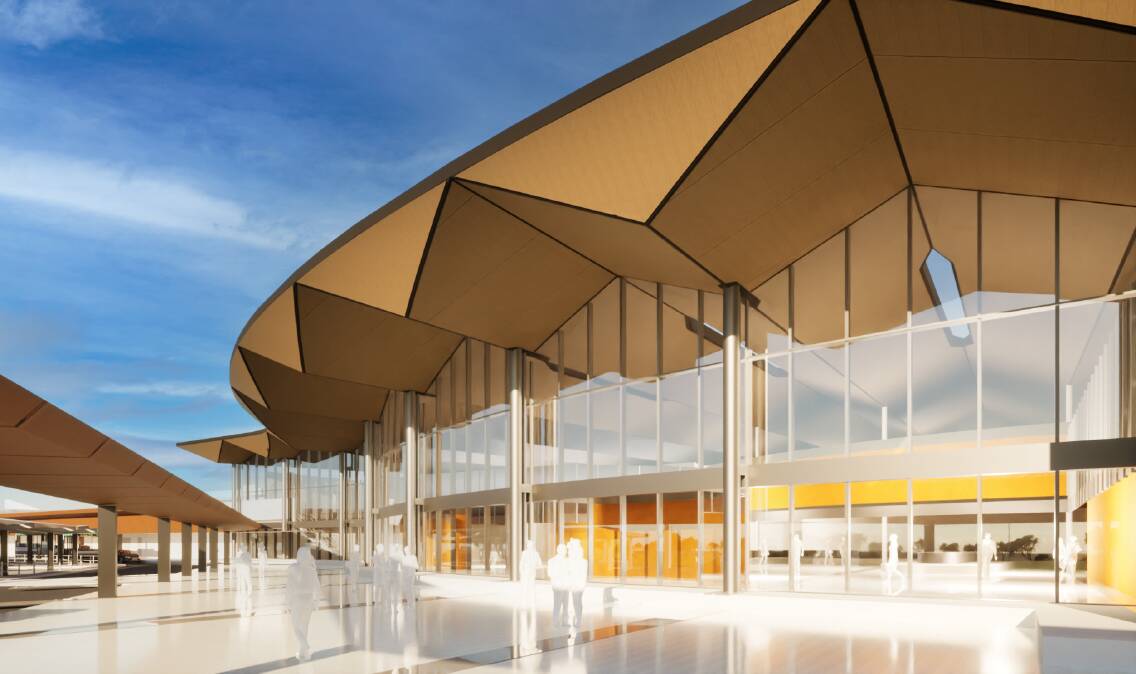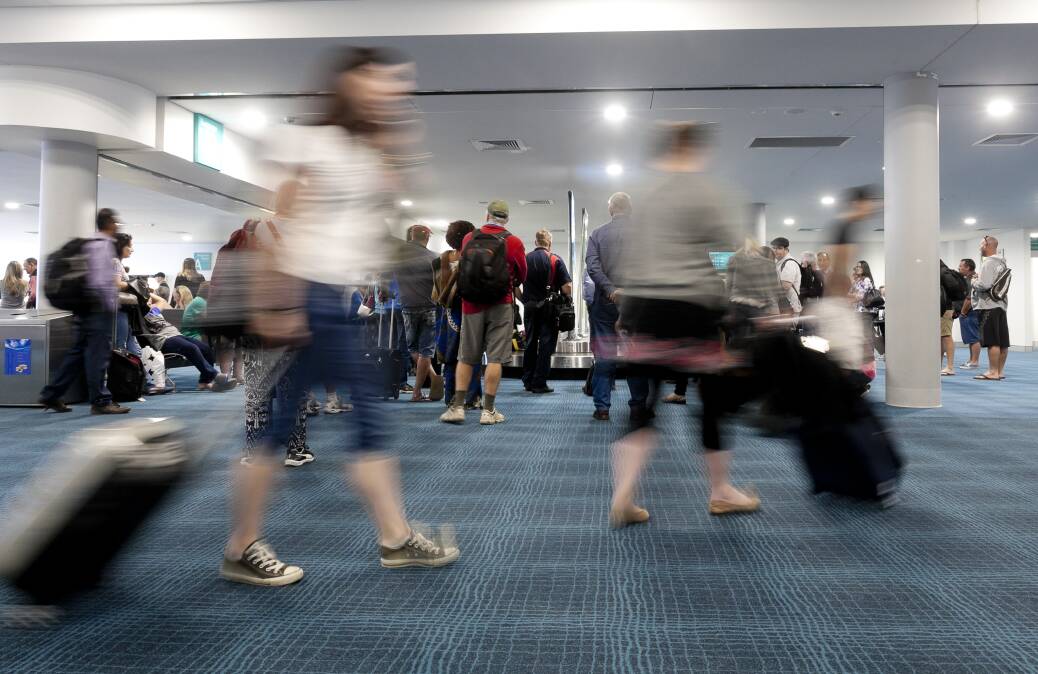
NEWCASTLE Airport is fighting to win a bigger share of the passengers within its footprint who are flying down the highway to take off from Sydney.
A Deloitte study shows only about two thirds of the 3.92 million passenger flights in and out of the Williamtown airport's catchment in 2019 - the last full year before COVID-19 disruptions - were from Newcastle Airport.
The shortfall has prompted an airport campaign to convince those within its catchment - which spans down to Gosford and fans out to Tamworth, Armidale, Port Macquarie and Scone - to save themselves the hassle of a trip to Sydney.
"Choosing Newcastle Airport means you choose local convenience and ease of travel," a Newcastle Airport representative said.
"The whole experience in essence is why people choose to live in this region. You get to have the best of all worlds."
As Australia's sixth-largest regional airport, Newcastle Airport said increased passenger numbers could help build towards more flights and routes.
While the biggest source of passenger "leakage" is international flights, many chose Sydney for domestic flights too.
The 2022 Deloitte report indicates Melbourne is the route with the most leakage, with 49 per cent of all flights to or from the broader region coming through Sydney Airport.

Belmont-based travel agent with Travel Managers Australia, Natalie Miller, said her Hunter clients typically chose Sydney for international flights.
"We haven't got the destinations or the schedules, we haven't got the same capacity," Ms Miller said.
"You have more schedules going out of Sydney because there is more competitiveness there."
Ms Miller said for residents who live further south in Belmont or Swansea it isn't worth it to drive to Williamtown to get a non-direct international flight.
Newcastle resident and regular traveller, Paul Gallimore, will fly out of Newcastle Airport for domestic but will drive or take the train to Sydney for more convenient and time-saving international travel.
"If there were more international flights out of Newcastle I would certainly take them," Mr Gallimore said.
Since 2019, the airport has doubled its direct destinations to 13.
Hunter Business chief executive Bob Hawes said local travellers may not realise the domestic and international flight opportunities, as well as the potential to cut time, cost and convenience.
"When you do the total analysis of the trip and your time, it would be rare that going to Sydney would trump a staggered arrangement from Newcastle through Brisbane or Melbourne," Mr Hawes said.
"I leave home and I come back to home."
Bob Hawes said upcoming upgrades to the Newcastle Airport would boost the local economy.
"Movement of goods and movement of people is paramount, and something that brings economic benefits to individuals and businesses," Mr Hawes said.
"The opportunity to make those more efficient brings down the cost to do business."
The 2025 expansion could increase capacity for freight-forwarding industries such as wine, equine and agricultural to collaborate with Newcastle Airport.
"If they're successful in getting international routes it would be a game changer,'' Mr Hawes said.
Choosing Newcastle Airport means supporting flight adjacent industries too including food and beverage, maintenance, security and transport, he said.
"If you do that locally, it's going to support local jobs and local business," Mr Hawes said.
Julia Vanhuisstede, co-owner of italk travel The Junction said they would love to see more people considering Newcastle Airport.
"There's a complete lack of awareness of the great flight connections and opportunities that are now on offer out of Newcastle," she said.
The Newcastle Airport's $110-million terminal expansion project is on track to be completed early 2025.
Passengers can currently fly to international destinations via domestic stop-overs but the expansion could accommodate direct international flights, potentially to Asia, New Zealand and the Pacific.
Newcastle Airport said ongoing infrastructure, road and parking upgrades and the terminal expansions are projected to bring in $12.7 billion in economic activity over the next 20 years.







